Look Out Below! 8 Amazing Sinkholes

Son Doong Up
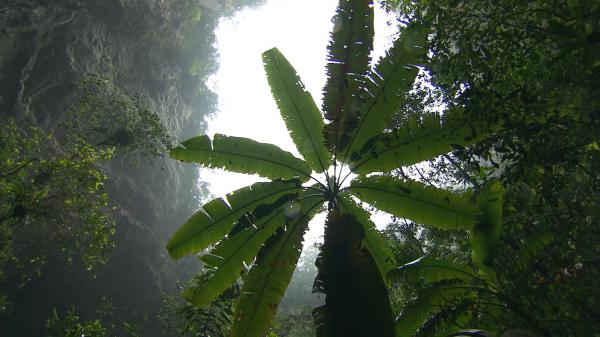
The globe is dotted with truly astounding sinkholes. No, not the holes that open on roads, occasionally swallowing cars. We're talking about gaping openings that are several hundred feet across and deep enough to hold skyscrapers.
These true sinkholes were opened by years of erosion as acidic water ate through limestone, dolomite, marble or any other carbonate rock.
Here we take a look at some of the most awe-inspiring of these holes around the world.
Devil's Sinkhole, Texas
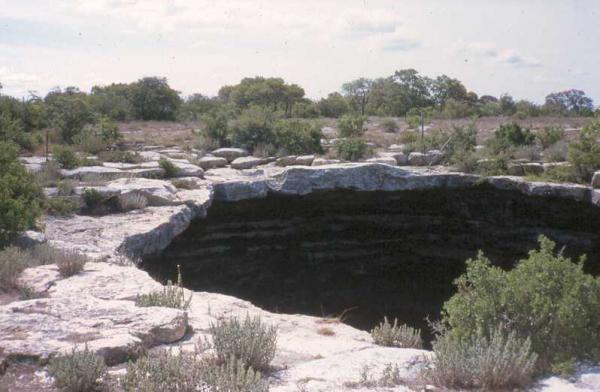
Deep in the heart of Texas is the bell-shaped Devil's Sinkhole, located in the state natural area of the same name. This collapsed limestone sinkhole has an opening some 40 feet by 60 feet (12 by 18 meters) and a vertical drop of about 140 feet (40 m). Within the pit there are many cave passages waiting for explorers, and tours of the sinkhole and its caverns can be arranged through the park. But beware; the dark tunnels are home to a colony of bats believed to number in the millions.
[Related: The 7 Longest Caves in the World]
Zacatón, Tamaulipas, Mexico

Some sinkholes are better suited for deep diving than BASE jumping. The deepest water-filled sinkhole in the world, Zacatón in northeastern Mexico, needed a NASA robot to probe its depths. Beneath the islands of grass that float on the water's surface, the robot discovered the water-filled hole to be some 1,100 feet deep (339 m).
This region of Mexico is home to more than 15 sinkholes, many of which have unusual features. Oddly, some of the sinkholes in the region appear to be closing. A thick crust of calcium carbonate has been found growing on top of the water in some of the holes.
Dean's Blue Hole, Bahamas
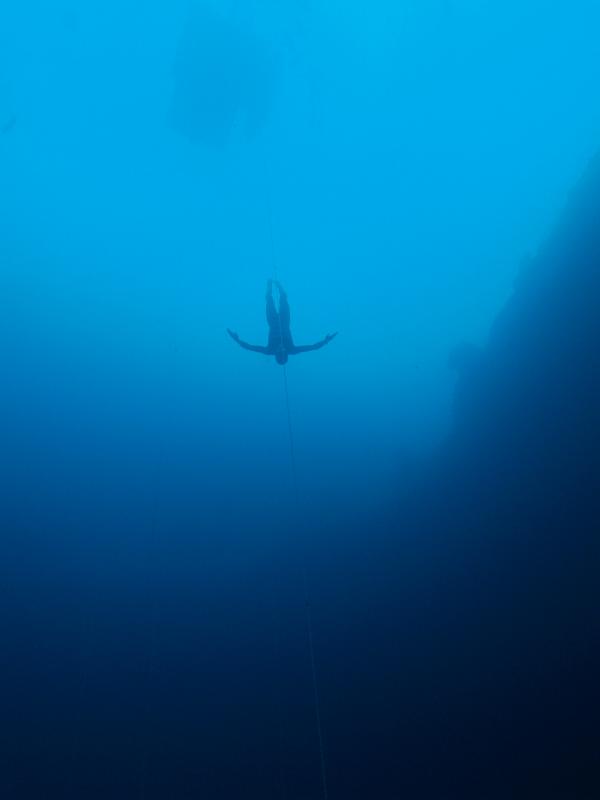
Sinkholes are not just land phenomena, the can occur under the sea too.
The deepest known sinkhole under the sea, at 650 feet (200 m) deep, is Dean's Blue Hole in the Bahamas. This sinkhole is also a popular location for free divers.
In December 2010, William Trubridge dove 100 meters (328 feet) into Dean's Blue Hole, breaking his own record for the deepest dive without swimming aids.
Cave of Swallows, San Luis Potosí, Mexico

This open air pit cave drops 1,200 feet (370 meters) from the high side of a round sinkhole that opened in limestone. This giant cavern is roomy enough to hold New York City's Chrysler Building, which is 1,050 feet (319.9 m) tall.
Many birds nest in the holes on the cave walls, including white-collared swifts and green parakeets. These birds fly in circles as they ascend from the cave each morning and again as they descend in the evening.
How do humans get down into the hole? By strapping on a parachute and jumping, of course.
Sima Humboldt, Venezuela

At the summit of a dense forested plateau in Venezuela is the world's largest sandstone sinkhole, Sima Humboldt, which drops 1,000 feet (314 m) . Its neighbor, Sima Martel, is another impressive sinkhole.
At the bottom of Sima Humboldt is a completely isolated forest. Sinkhole openings where mini-jungles have grown are known as dolines, and they are filled with life, which has been buffered from the outside world by the cave.
Red Lake, Croatia
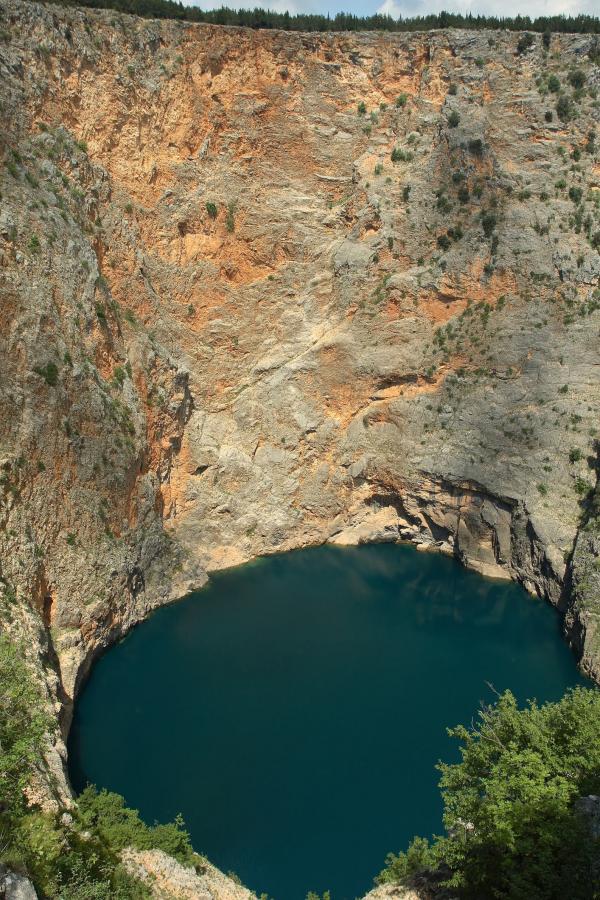
At about 1,700 feet (530 m) deep is the Red Lake sinkhole in Croatia. The pit has nearly vertical walls that line a lake that is up to 950 feet (290 m) deep.
The Red Lake's name comes from the reddish-brown color of the iron oxides in the surrounding cliffs.
Get the world’s most fascinating discoveries delivered straight to your inbox.
Son Doong Cave, Vietnam
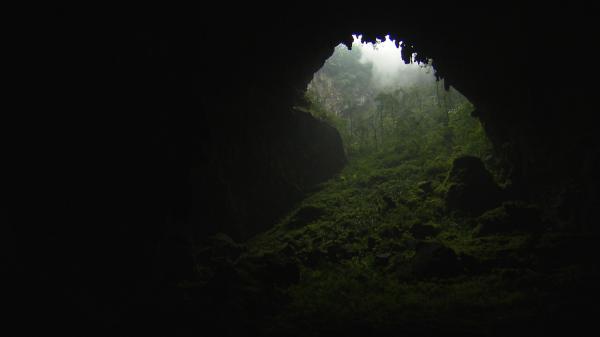
Sinkholes on the roof of the recently discovered Son Doong cave in Vietnam the world's largest cave passage have allowed mini-jungles to flourish in the cave.
The Son Doong cave measures 262 feet by 262 feet (80 meters by 80 meters) and is at least 2.8 miles (4.5 kilometers) long.
A several-hundred-foot wide sinkhole in the roof lets sunlight into the cave, which has fueled growth of the lush vegetation below, including typical jungle plants such as vines, ferns and palms. At another doline, there is a sinkhole opening the size of the Superdome in New Orleans.
Great Blue Hole, Belize
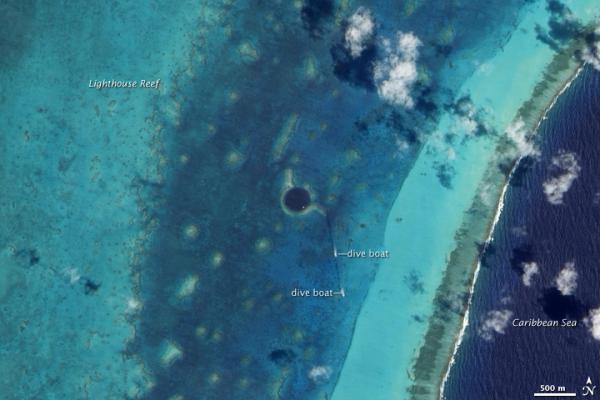
Those that named underwater sinkholes were not a creative lot. Like Dean's Blue Hole, the Great Blue Hole in Belize is also an underwater cavern.
Set in a ring of corals, this vertical cave measures 1,000 feet (305 m) across and 412 feet (126 m) deep. Strap on scuba gear and explore the giant stalactites, dripstone sheets and columns that formed during glacial periods when the cavern was dry and above sea level.
Great Blue Hole, located within Blue Hole Natural Monument, is about 55 miles (89 kilometers) east of Belize City. Several outfits offer tours to the popular dive spot.


